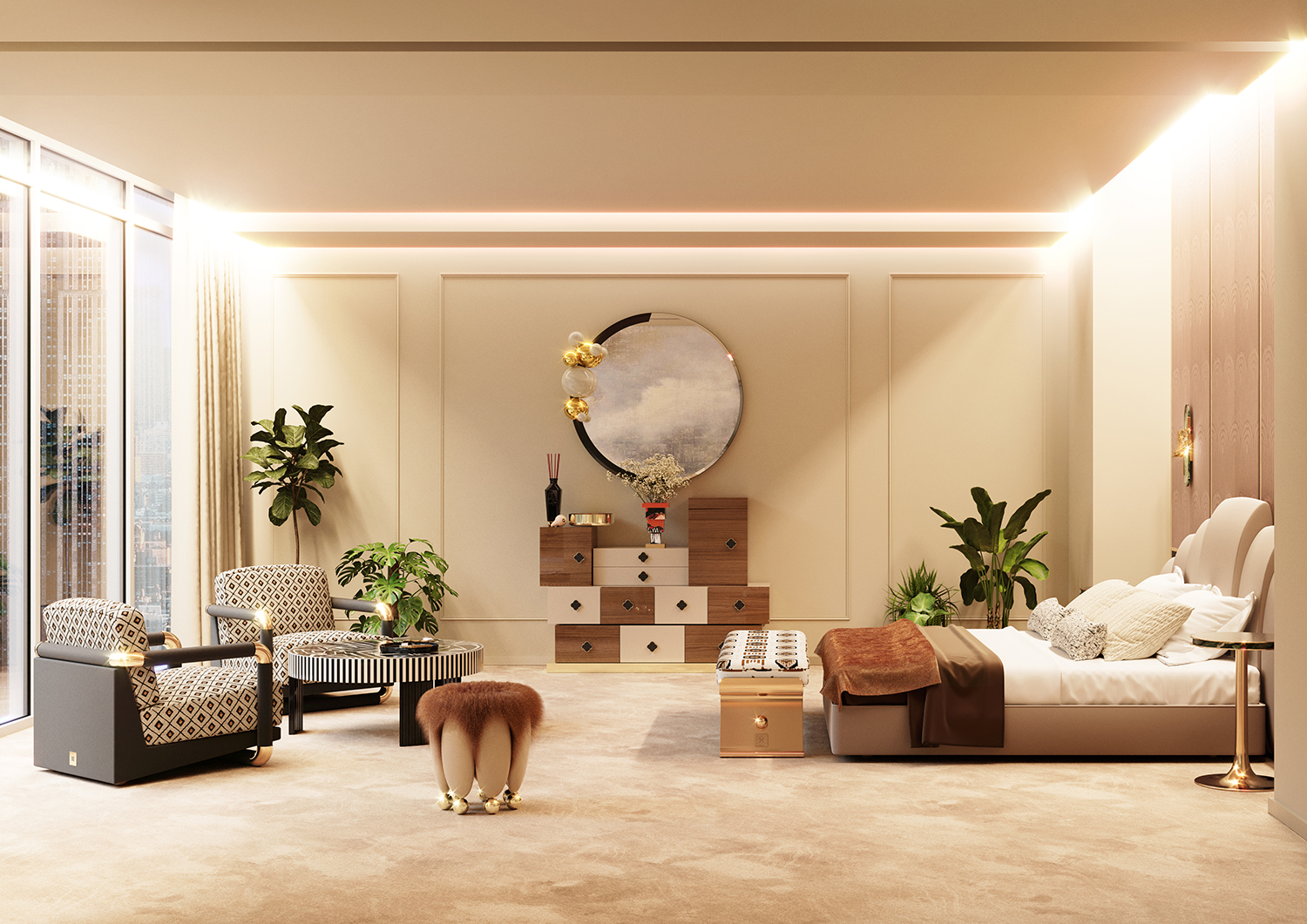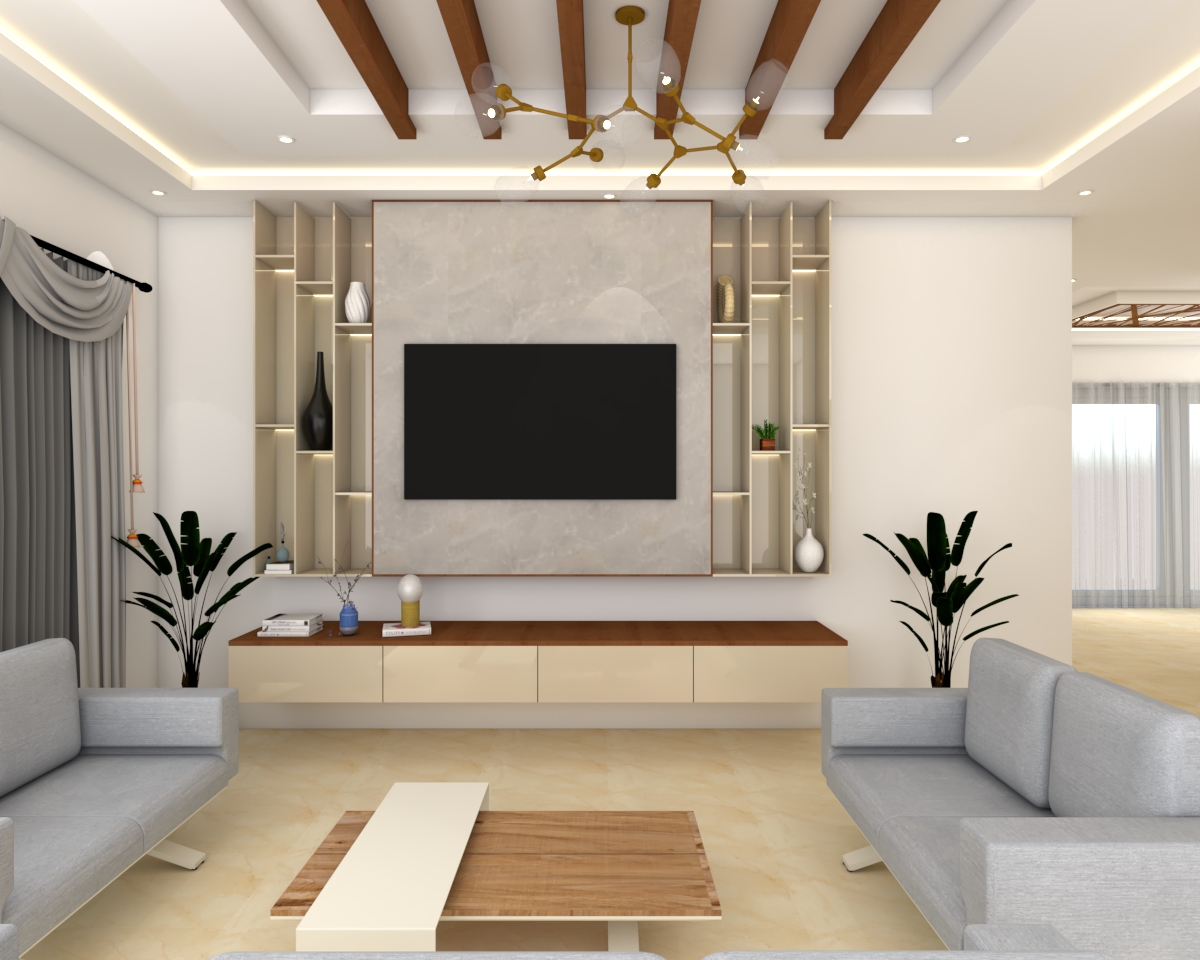Why Recognizing the Principles of Interior Decoration Is Necessary for Effective Space Preparation
Recognizing the concepts of indoor style is fundamental to efficient area planning, as it lays the foundation for producing settings that harmonize functionality with aesthetic charm. Crucial elements such as proportion, flow, and balance are not merely attractive factors to consider; they are essential in maximizing just how a room is utilized.
Significance of Area Preparation
Space planning is an essential facet of interior decoration that considerably affects the functionality and visual appeals of a space. It involves the calculated arrangement of furniture, components, and architectural components to enhance the usage of available area while enhancing the general individual experience. Effective space planning addresses numerous elements, consisting of flow, accessibility, and the specific requirements of the residents.
Among the primary benefits of area planning is its capacity to enhance spatial effectiveness. Interior design Miami. By attentively arranging a format, developers can ensure that every location serves an objective, lowering clutter and promoting a feeling of order. Additionally, proper space planning cultivates a harmonious setting, allowing for seamless activity and communication within a space
Furthermore, effective room preparation thinks about natural light, sightlines, and the connection in between different areas. This holistic strategy not only raises the aesthetic allure yet also contributes to the wellness and efficiency of the occupants. Ultimately, a well-executed area plan is instrumental in creating a balanced and welcoming environment, making it important for any kind of interior decoration job.
Secret Principles of Interior Style

One basic principle is balance, which can be in proportion, unbalanced, or radial. Balanced balance produces a feeling of order, while unbalanced balance uses a much more dynamic visual charm. One more crucial concept is proportion and range, guaranteeing that the dimension of furnishings and decor components associate harmoniously to each various other and the general room.
Shade concept also plays a substantial role, impacting state of mind and perception. Developers make use of color combinations to evoke particular sensations and boost the spatial experience. Furthermore, the concept of rhythm includes creating a feeling of motion via repeating of shades, patterns, or shapes, directing the eye throughout the room.
Last but not least, the principle of focus guides attention to centerpieces, permitting a clear narrative within the design. Interior designer Miami. By adhering to these essential principles, indoor designers can develop environments that not just meet useful requirements but also resonate with the owners on an emotional degree
Effect On Performance and Flow

The setup of furnishings, the choice of materials, and the assimilation of innovation all play crucial roles in attaining ideal functionality. Placing seating locations in closeness to workspaces can facilitate communication and collaboration, thus enhancing efficiency. Additionally, making sure that pathways are clear and unobstructed permits for effective movement, minimizing congestion and advertising a natural flow throughout the space.
In addition, including components such as illumination and color can additionally aid in marking locations, making it much easier for people to browse their atmosphere. Thoughtful room planning takes into consideration not only the physical aspects of style however additionally how individuals engage with their surroundings. Ultimately, a concentrate on performance and circulation not only enhances the individual experience but additionally boosts the general efficiency of the area, producing an atmosphere that satisfies the demands of its occupants while cultivating a sense of consistency and balance.
Enhancing Appearances and Mood
3 crucial elements-- lighting, appearance, and shade-- play critical duties in enhancing the aesthetic appeals and state of mind of an indoor room. Color establishes the psychological tone; warm tones like oranges and reds evoke energy and heat, while cooler shades such as blues and greens advertise peace and peace. Picking an unified shade scheme can change a room, producing a cohesive and visually attractive environment.
Texture includes depth and rate of interest, contributing to the responsive experience within a space. A mix of textures-- smooth surfaces, deluxe fabrics, and natural products-- can create visual intrigue and try this web-site enhance comfort. Coupling a soft velvet sofa with a smooth glass coffee table can develop a well balanced aesthetic that welcomes communication.
Lighting, frequently an ignored aspect, substantially effects mood. Natural light fosters an open, ventilated atmosphere, while tactically placed man-made lights can produce warmth and highlight building attributes. Dimmer switches enable adaptability, enabling changes to suit various activities or times of day.
Integrating these three aspects attentively not just raises the visual allure of an area however likewise cultivates an atmosphere that reverberates with its intended function, eventually enhancing the overall experience for its residents.
Practical Applications in Reality
Applying interior layout concepts in the real world calls for a thoughtful approach that integrates shade, texture, and lights into daily rooms. By comprehending just how these components collaborate, individuals can develop settings that are not only visually enticing yet harmonious and additionally practical.
For example, in a small living area, using a light color palette can make the area really feel bigger and a lot more open. Strategic use mirrors can enhance natural light and develop an illusion of depth. Including different appearances via fabrics, such as rugs and pillows, can include warmth and interest without frustrating the detects.
Lighting plays a vital duty in specifying the environment. Split lights, being composed of ambient, job, and accent options, allows flexibility in mood setups. In an office, for instance, a mix of all-natural light, workdesk lights, and attractive fixtures can boost productivity while maintaining an inviting setting.
Moreover, click reference recognizing spatial partnerships and furniture arrangement can lead to improved capability. By sticking to principles such as equilibrium and percentage, one can make certain that rooms offer their intended purpose while remaining visually pleasing. On the whole, useful applications of interior design principles considerably boost the livability and appeal of any type of environment.
Conclusion
In verdict, recognizing the principles of interior decoration is important for efficient area planning, as it promotes a balance in between capability and visual appeals. By using essential ideas such as percentage, shade theory, and flow, designers can create settings that boost both use and visual appeal. Ultimately, this expertise adds to the growth of areas that not only fulfill useful needs but likewise elevate the general atmosphere, bring about more reliable and pleasurable experiences for individuals.
Comprehending the concepts of interior style is more information fundamental to effective room preparation, as it lays the foundation for producing settings that harmonize capability with visual allure.Space preparation is an essential facet of interior layout that substantially affects the performance and appearances of a space. In addition, appropriate room preparation fosters an unified atmosphere, enabling for smooth activity and communication within a room.
Additionally, the concept of rhythm includes producing a sense of movement through rep of patterns, forms, or shades, directing the eye throughout the space.
In conclusion, recognizing the principles of indoor design is critical for reliable space preparation, as it fosters a balance between capability and appearances.